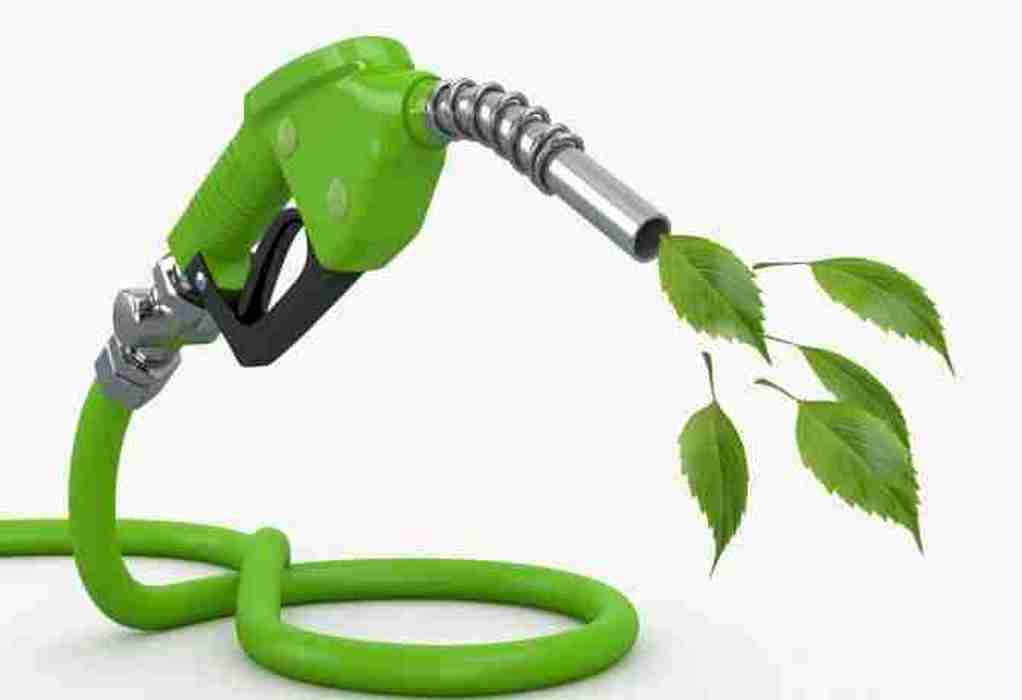Following a year in which the European ethanol market experienced extreme volatility caused by lockdown restrictions, 2022 is expected to offer relatively more stability in a post-lockdown environment, supported by European biofuel mandates.
While S&P Global Platts Analytics forecasts a global fuel grade ethanol surplus of 1.667 billion liters in 2022 following an estimated deficit of 607 billion liters in 2021, the structurally short nature of the European ethanol market is forecast to widen further in 2022.
European fuel ethanol demand in 2022 is expected to rise 10% to 6,490 million liters, while production will increase 4% to 6.016 billion liters; this will widen the annual deficit to 475 million liters compared with 111 million liters in 2021 and 141 million liters in 2020, according to Platts Analytics.
Fundamentals shift on policy
The EU Commission in July rolled out its revised Renewable Energy Directive II legislation through a set of proposals termed “Fit for 55 package” to align with the European Green Deal and the European Climate Law, setting itself a stricter 2030 target with the aim of achieving carbon neutrality by 2050.
Through the new revised legislation, the EU will commit to cutting greenhouse gas emissions by at least 55% by 2030 compared with 1990 levels.
As countries transpose new legislation pertaining to higher biofuel blending rates into national law, ethanol demand is expected to continue to be driven by gradually higher mandates.
The launch of E10 fuel in the UK and Sweden in 2021, along with expectations of higher blending rates in Germany and France in 2022, is poised to structurally shift European ethanol supply and demand fundamentals, market sources said.
Like France in 2021, the UK — the third largest European ethanol consumer — is expected to be the driving force of ethanol demand in 2022 with consumption forecast to jump 34% year on year to 924 million liters, from 700 million liters in 2021, Platts Analytics’ latest estimates show.
French ethanol demand in 2021 is on track to hit record highs, and will continue to set new records in 2022, on strong demand for E85 fuel grade as consumers shift to the cheaper gasoline alternative, Secretary General of the French bioethanol association SNPAA Sylvain Demoures said in October.
October saw French ethanol record its highest blend rate of 7.6% as the share of E10 and E85 hit their highest market shares on record, at 53% and 4.3% respectively, SNPAA data showed. Platts Analytics estimates 2021 French consumption at 1.210 billion liters, up 21% year on year, and to rise by 4% to 1.260 billion liters in 2022.
In Germany, ethanol consumption in 2021 failed to mirror the gains seen in France and the UK and in 2022 is forecast to drop 2% year on year, a higher blending mandate of 7% in 2022 from 6% in 2021 is set to boost demand by 4% to 1.416 billion liters, according to Platts Analytics.
Supply concerns
The surge in demand amid relatively stable supply following the removal of mobility restrictions in Europe took the market by surprise in both 2020 and 2021, leading to extreme volatility in both price movement and market structure, and highlighted the market’s susceptibility to supply bottlenecks, sources said.
T2 ethanol prices reached an all-time high of Eur1,518.50/cu m on Nov. 11 on a lack of prompt supply, up 81% from an all-time high of Eur840/cu m hit in 2020. Moreover, the inverse structure between the T2 physical spot and the second-month Platts T2 futures hit a record high of Eur582/cu m.
Market sources said all eyes will be on the restart of the UK’s previously mothballed Vivergo plant as potentially bridging some of the gap. The 420 million liters/year plant is expected to start up in the first quarter, according to the most recent announcement by AB Sugar.
Europe relied on the US and Brazil for over 40% of its ethanol imports in 2020, Eurostat data showed. However, strong domestic demand in Brazil and lower ethanol production due to unfavorable weather conditions are expected to limit Brazilian supplies to the EU despite an open arbitrage, sources said.
Moreover, a limited number of US plants are able to supply EU specification and attain sustainability documents, which is also expected to cap supplies from across the Atlantic, sources said.
Despite simple spot ethanol crush margins from wheat and corn looking healthy as of Dec. 29, March margins are 70% and 40% lower, respectively, and with natural gas prices highly volatile, market sources said they are wary of lower run rates as a result.
Source: SPG Global
Tags: Biofuel, Ethanol, European Fuel



Recent Posts
FIMI and Deloitte Release Report on Cleaner Vehicle Adoption in Indian Mining Sector
NTPC Deploys Hydrogen Fuel Cell Buses in Leh, Marks India’s First Commercial Hydrogen Mobility Project
Provaris and K LINE Sign MOU to Advance Hydrogen Shipping Solutions
Mumbai Set to Launch Electric Hydrofoil Ferry Network with Candela P-12 Vessels
AVTL to Build Independent Ammonia Terminal at Pipavav Port
DNV Grants Approval in Principle for New Ammonia Bunkering Vessel Design
Proteus Launches Modular Hydrogen Fuel Cell System for Maritime Sector
Van Oord Unveils Boreas, World’s Largest and Most Sustainable Offshore Wind Installation Vessel